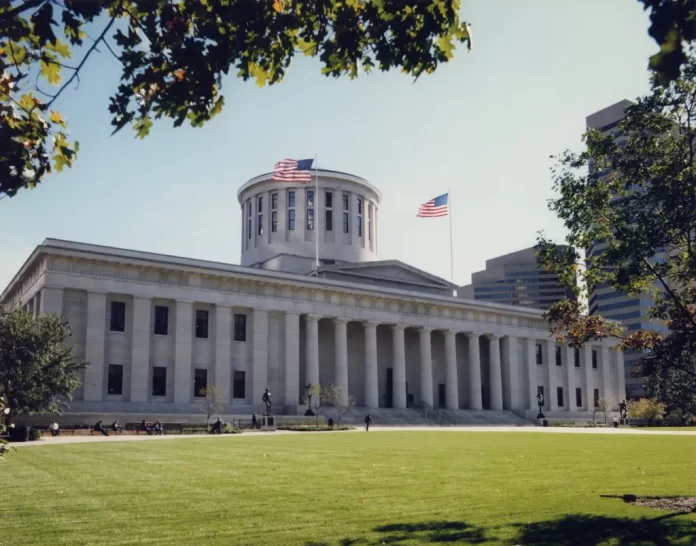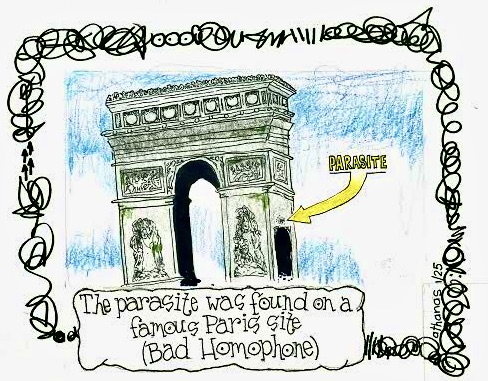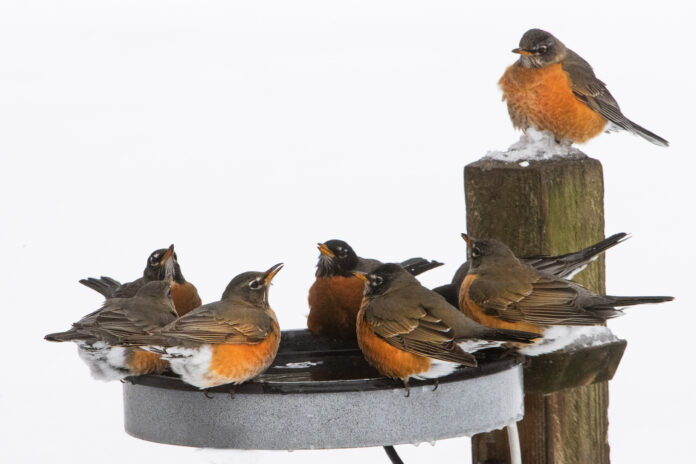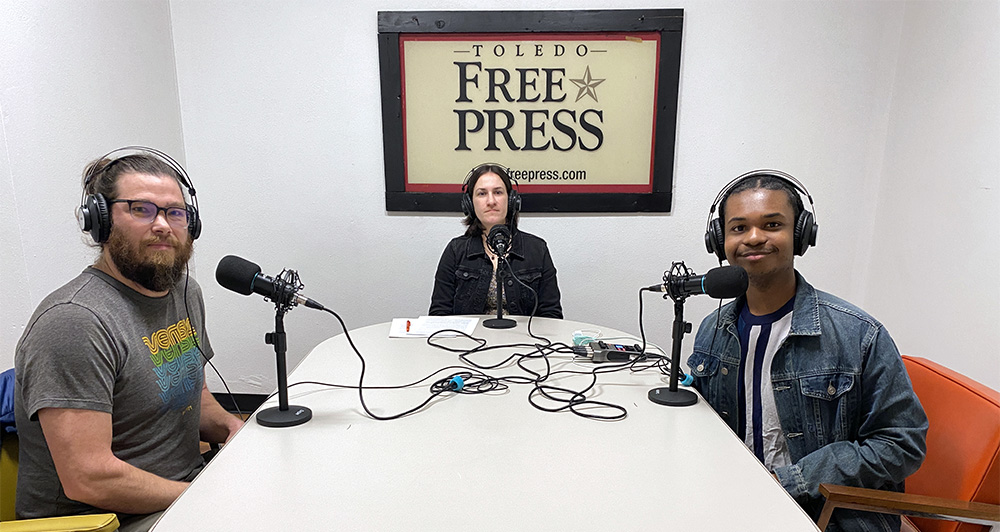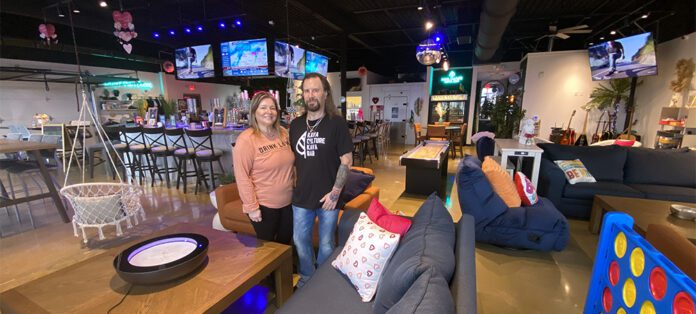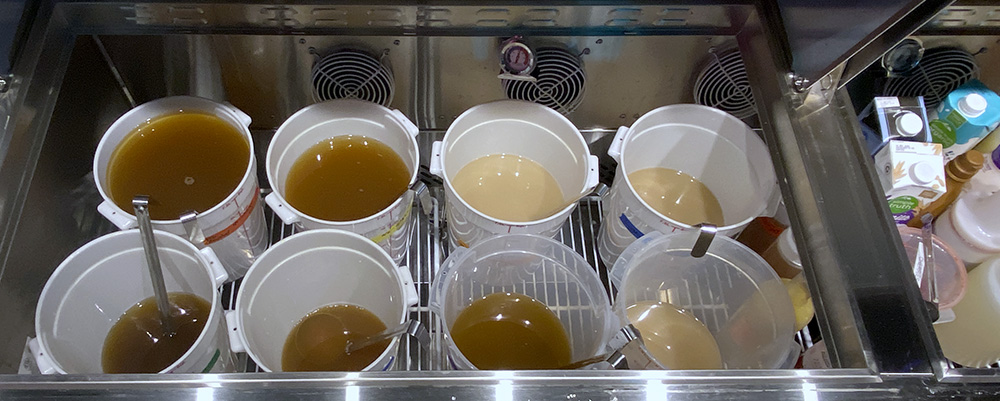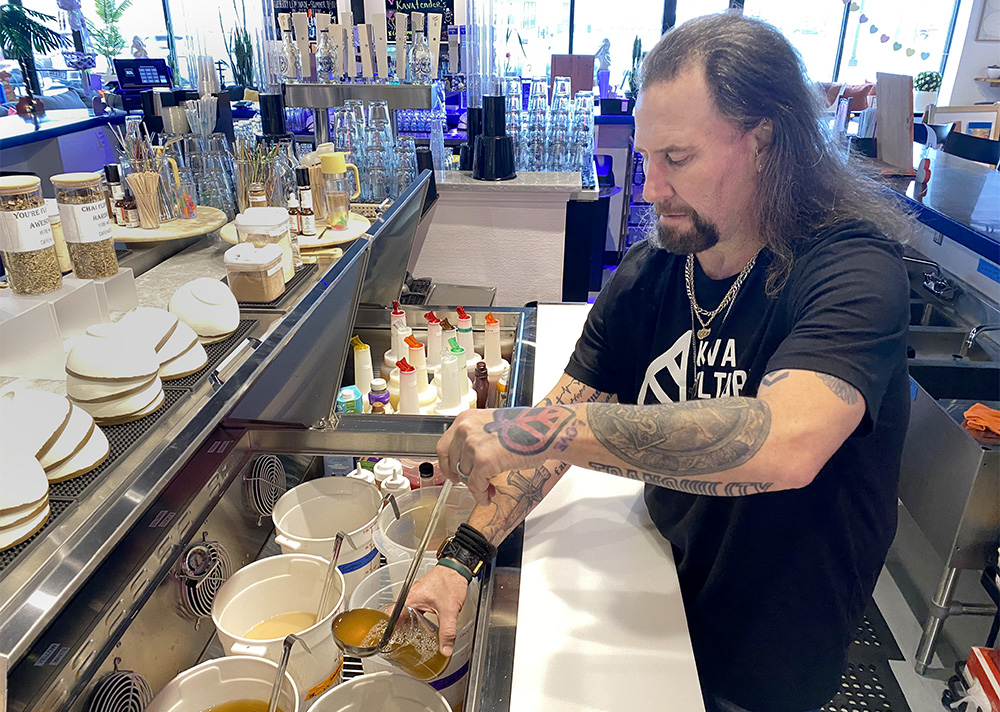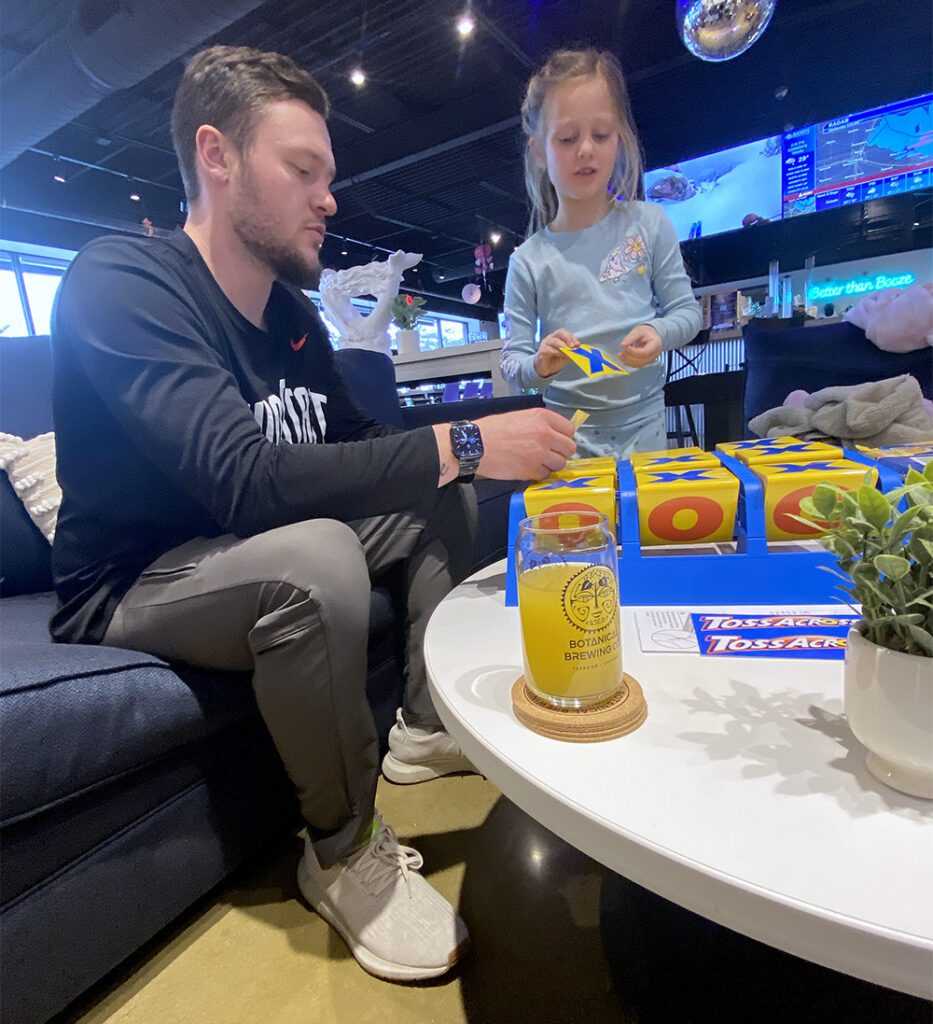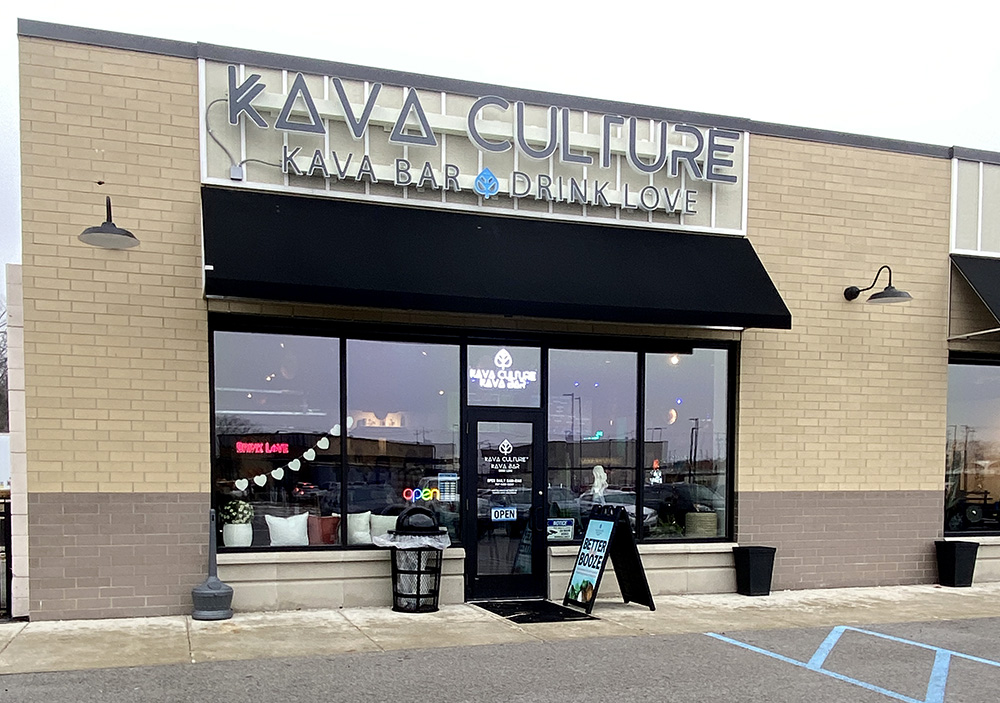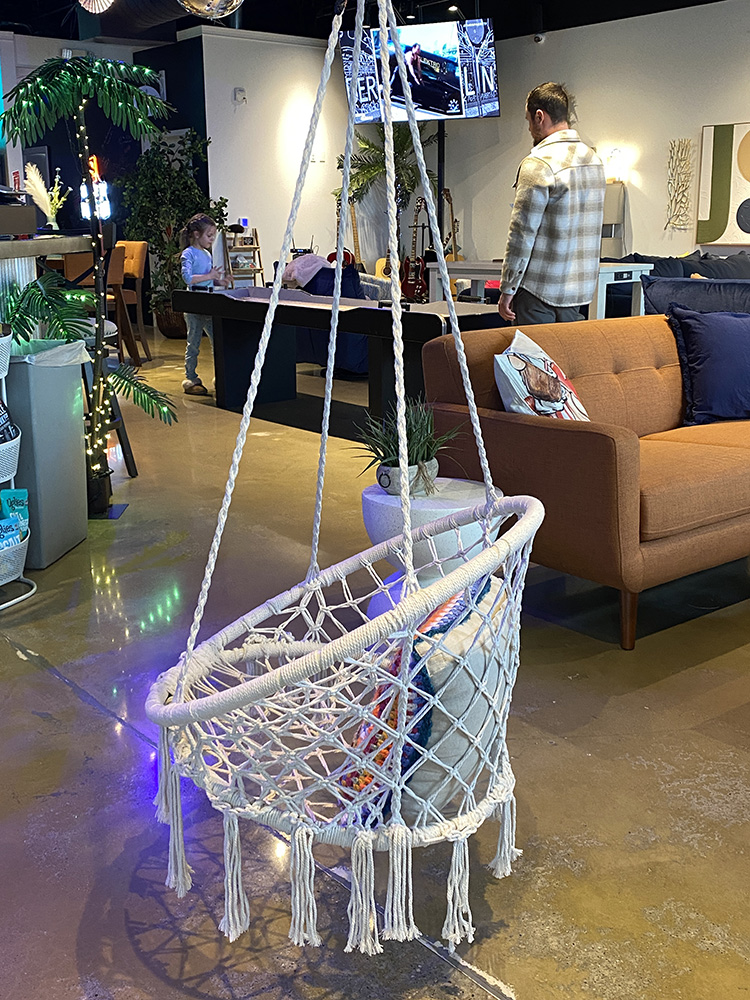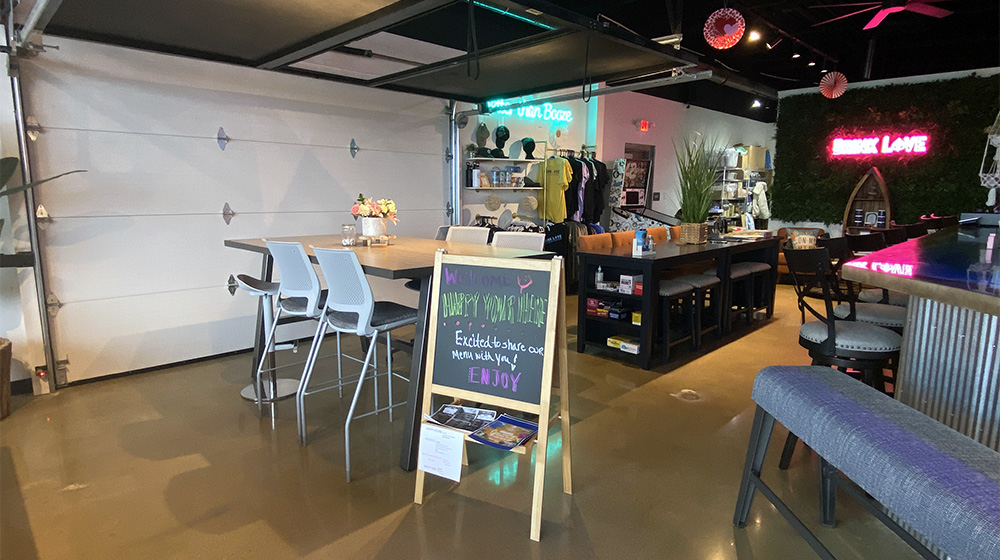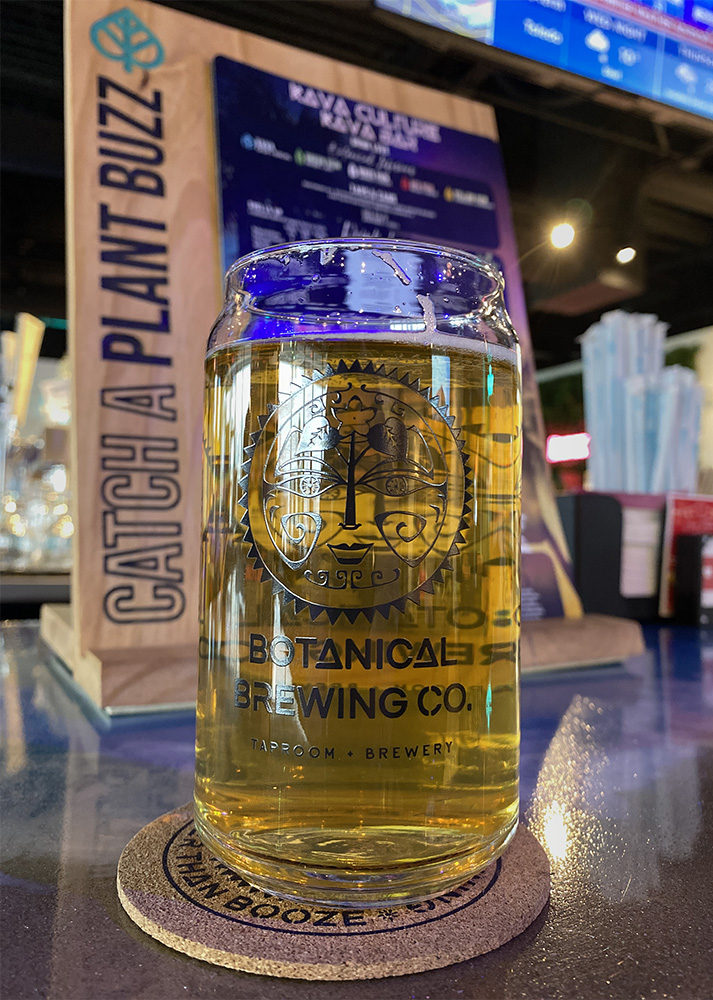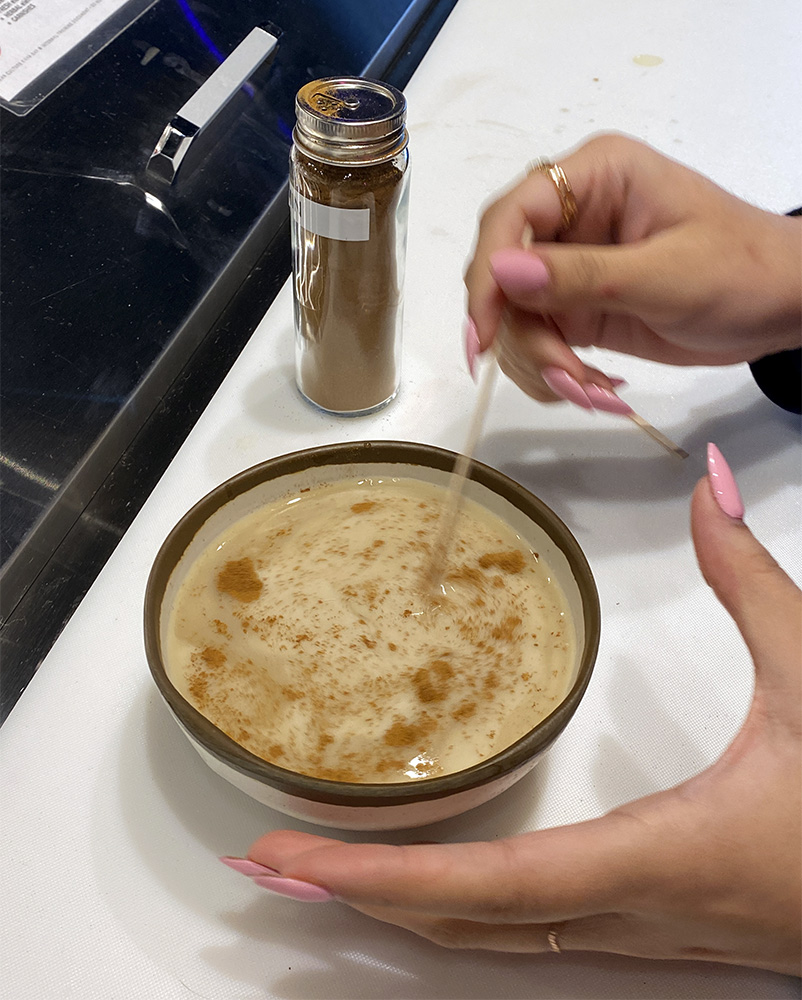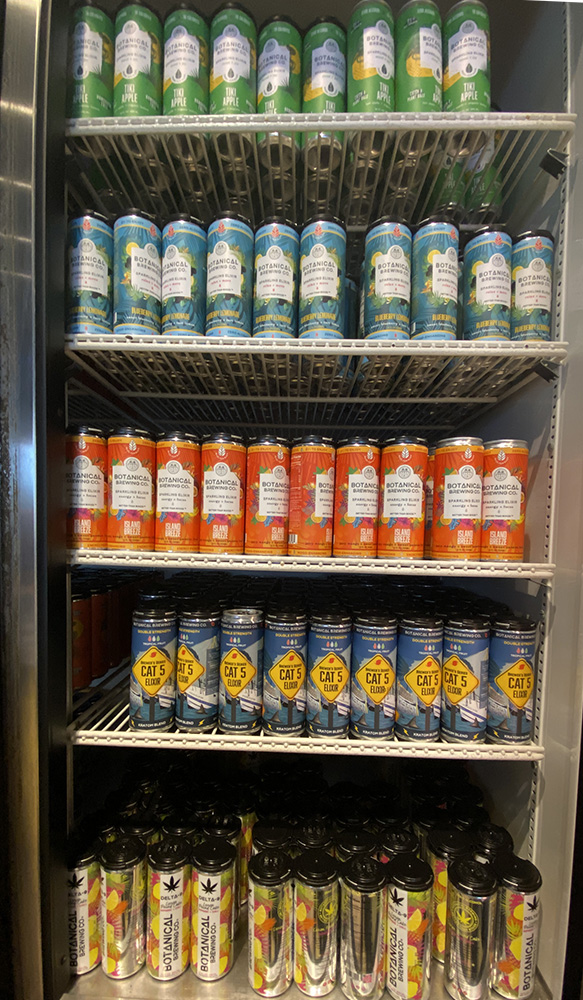Orchid Show kicks off Toledo Zoo’s 125th anniversary celebration
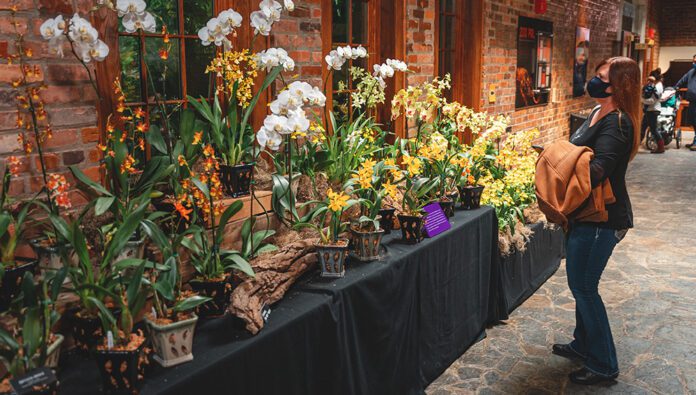
TOLEDO – Back in 1871, the City of Toledo bought land along the undeveloped Maumee River and founded its first city park, calling it Lenk Park. Three years later, the city added acreage and changed the park’s name to Riverside Park, and in 1887 the name was changed once again to Walbridge Park, which still exists today.
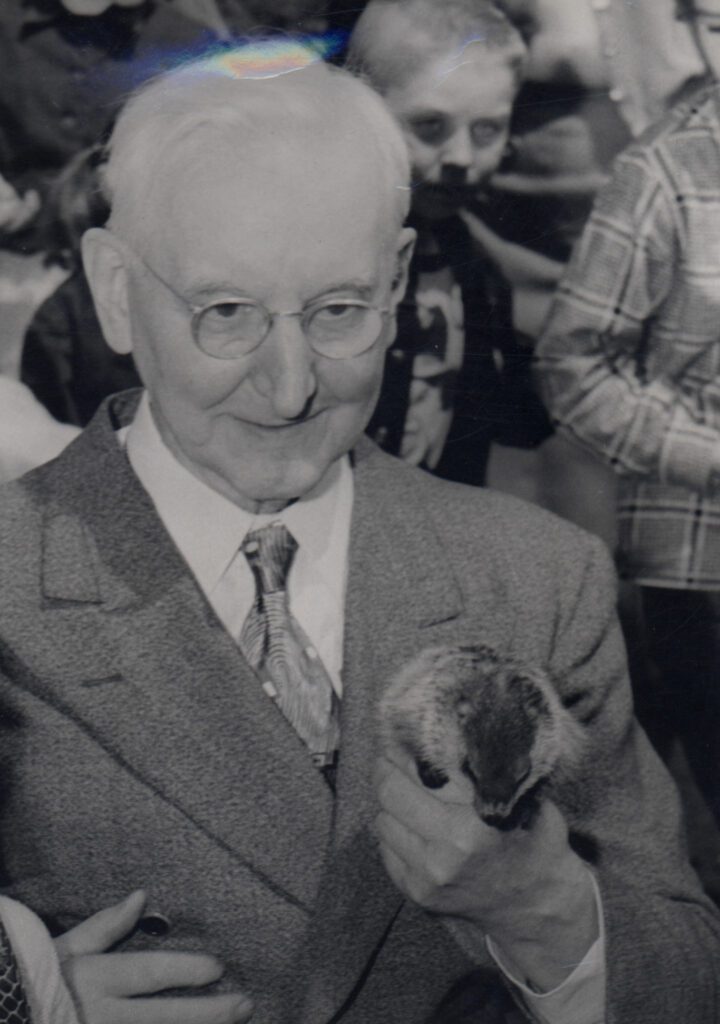
To make a long historical story short, in 1899 city officials wanted to start a zoo at the park, so local businessman Carl Hillebrand donated a single woodchuck as its first exhibit – and the Toledo Zoo was born.
Over the past 125 years, the Toledo Zoo has steadily added species and exhibits, becoming a landmark and cherished destination for millions of visitors who come to visit the zoo’s 16,000 individual animals and more than 680 species.
This year, the zoo is celebrating its 125th anniversary, with the campaign slogan of Honoring our past. Envisioning our future. The first event kicks off with the return of the annual Orchard Show, a winter favorite that runs until Feb. 23.
“The Toledo Zoo has been a key anchor in our community, a fundamental force,” said Toledo Zoo president and CEO Jeff Sailer. “For 125 years, we have been making this a better community, and we have been a good business, too.”
Strong local impact
Over the zoo’s history, Sailer explained that tens of millions of people have visited from the Toledo area, as well as consistently high numbers traveling here from Michigan, Indiana, and other parts of Ohio. Today, attendance averages 1 million annually, and results in an average annual contribution of more than $73 million to the local economy.
“This year, the Zoo has more than 77,000 membership households, the highest ever,” Sailer noted. Considering the average number of people in each household, the actual membership number is close to 300,000 people.
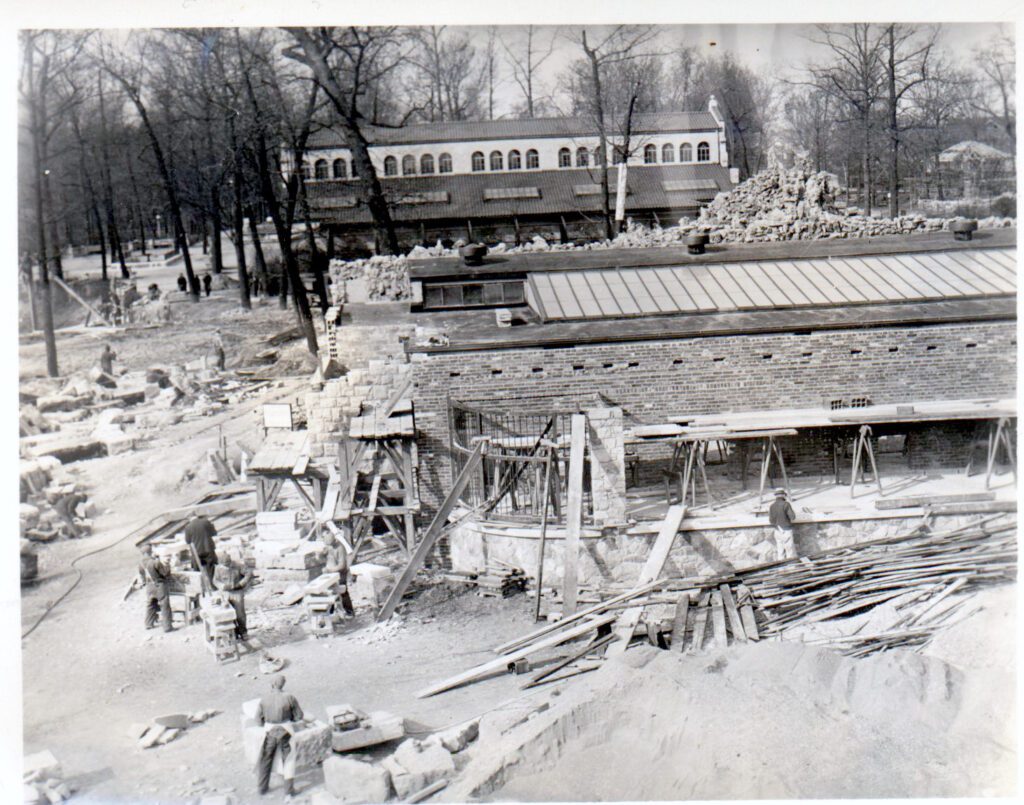
In its 125 years, the Toledo Zoo has set many standards for conservation, education and community connection:
- Caring for 90 endangered species, and participating in conservation projects around the globe (including Nepal, the Pacific Islands and Tasmania)
- Leading local conservation efforts, including reintroducing lake sturgeon to the Maumee River and releasing 1,000 monarch butterflies to support their migration to Mexico
- Developing school and educational programs that reach over 45,000 students
- Maintaining more than 40 acres of native prairies on Zoo grounds, and the largest collection of WPA (Works Progress Administration) era buildings in one location
- Accredited by the Association of Zoos and Aquariums
Orchid Show underway
To kick-off the anniversary’s activities, the 6th annual Orchid Show is running on Fridays, Saturdays and Sundays from 10 a.m. to 4 p.m. through Feb. 23 in the ProMedica Museum of Natural History. Admission is included in zoo admission, which is half-off during this time of year.


Orchids are one of the largest plant families on earth, found in almost every habitat on Earth except glaciers (but especially in tropical climates). Hundreds of cultivars are on display during the show, according to Ryan Walsh, Ph.D., the zoo’s director of plant conservation.
“We have 2,400 orchids on display for this show, more than 30 percent more than in previous years,” he said. “It was a chaotic week putting the show together. Our orchids are from as far away as Hawaii and Florida, all at the same time.”
In addition to displays filling the Museum of Natural History, the show includes workshops and classes about caring for and photographing orchids, along with special ticketed events, such as Blooms & Bubbly (champagne tasting and small plates) and Slow Brew (coffee-sampling with live music).
The conclusion of the orchid show will feature a plant sale on March 1 from 10 a.m. to 2 p.m. in the Museum of Natural History’s Great Hall.
“The show is a little bit about education,” said Walsh. “But it’s also a breath of spring in February in Toledo.”
125th Anniversary Events:
- March 27: Making Waves Donor Event
- March 29: 10th Anniversary of the Aquarium
- May 24-25: 125th Zoo Birthday Bash & Summer Season Kickoff
- Oct. 10-23: 125 Years of Impact Symposium
“The symposium will feature the impact we’ve had in conservation and science over the years,” explained Sailer. Colleagues will be in attendance from projects in the Philippines, Nepal and Brazil, among others.
Oct. 23: Impact to Action | A Legacy Gala - 125th Zoo Birthday Bash and Summer Season Kick-off – May 24-25
- 125 Years of Impact Symposium and Legacy Gala – Oct. 21-23
Ohio higher education overhaul of Senate Bill 1 passes Senate
This story was originally published by Signal Statewide. Statewide is a nonprofit media partner of the Toledo Free Press.
By Amy Morona | Signal Statehouse
Senate Bill 1, a proposal to overhaul Ohio’s higher education system, continues to make its way through the Ohio Statehouse after state senators passed the bill Wednesday.
This comes after the legislation, which proposes a host of changes, such as banning faculty’s right to strike and requiring professors demonstrate the so-called “intellectual diversity” of ideas, was voted out of the Senate Higher Education Committee earlier that same day.
It was a tight turnaround for the committee’s members, who met Wednesday morning after hearing about 8 1/2 hours of testimony from more than 200 opponents of the bill late into Tuesday.
During that time, Democratic members proposed several amendments to the bill, including eliminating the provision on striking. They also asked that the bill make universities, not lawmakers, the ones responsible for creating mandatory civics courses that would become a new graduation requirement.
Republican members rejected all of the Democrats’ proposals during that meeting. This prompted State Sen. Catherine Ingram, D-Cincinnati, to ask other committee members if they “had read these amendments at all.”
One of the biggest criticisms of Senate Bill 1 is that it would eliminate all diversity, equity and inclusion, or DEI, work, while never explicitly defining what constitutes DEI efforts in Ohio.
Critics say the bill’s language is vague. Because of that, they claim, entire departments or programs could close.
Democrats proposed an amendment that would have created a specific carve out to allow support programs for veterans and/or disabled students that may exist under that DEI umbrella to continue. That amendment was also rejected.
Late into the hearing Tuesday night, State Sen. Jerry Cirino, R-Kirtland, acknowledged the confusion around the definition of DEI.
“My answer to that would be, ‘Well, I didn’t make the term up,’” he said. “Let’s ask Ohio State [University], who spends $14 million a year on DEI. They must know what it is, [and] other universities in our state system, as well.”
Officials at Ohio State, which has a budget of about $10 billion, have already pushed back at that figure. A spokesperson told Signal Ohio earlier this month that the number was “produced without the university’s input or guidance.”
Cirino, who wrote the bill, made that remark during the testimony of the Buckeye Institute’s Greg Lawson. His testimony marked one of the few times Republicans were highly engaged during the 8 1/2-hour meeting.
Signal Statewide is a nonprofit news organization covering government, education, health, economy and public safety. Sign up for their free newsletters at SignalOhio.org/StateSignals.
McCord Jr. High’s Amazing Shake competition puts skills to the test
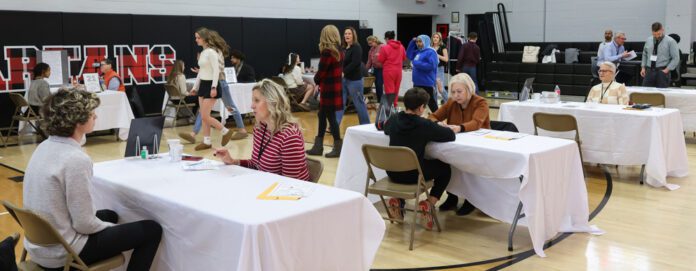
SYLVANIA – Sooner or later, young students are going to figure out there’s much more to life than learning about isosceles triangles or memorizing what the heck e=mc² means.
Growing up is as much, if not more, about the ability to show poise, learn how to interact with people and put your communication skills on display.
Seventh grade students at McCord Junior High in Sylvania were put to the test, so to speak, on their non-academic skills during the school’s third annual Amazing Shake soft skills competition on Feb. 11.
The program was inspired by the National Amazing Shake Competition, held every year at the Ron Clark Academy in Atlanta. The competition focuses on building essential skills and placing strong emphasis on manners, discipline, respect and professional behavior.
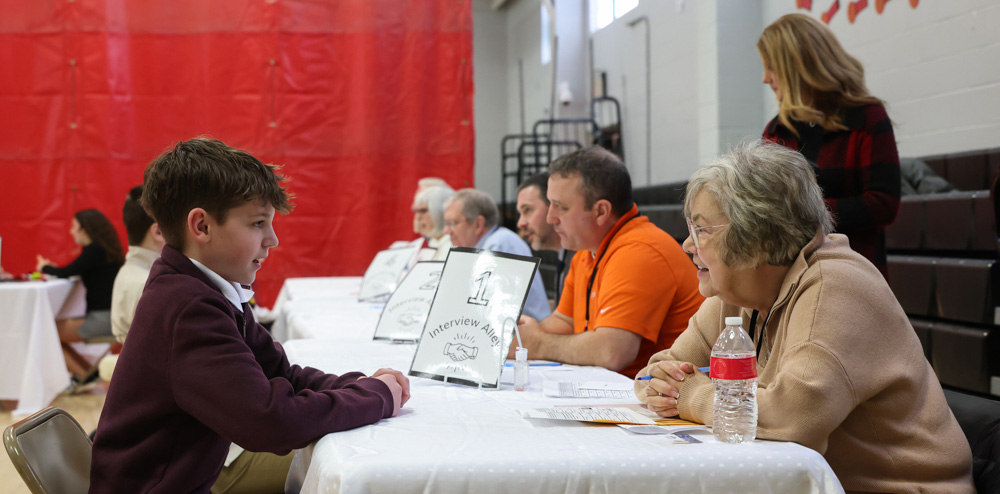
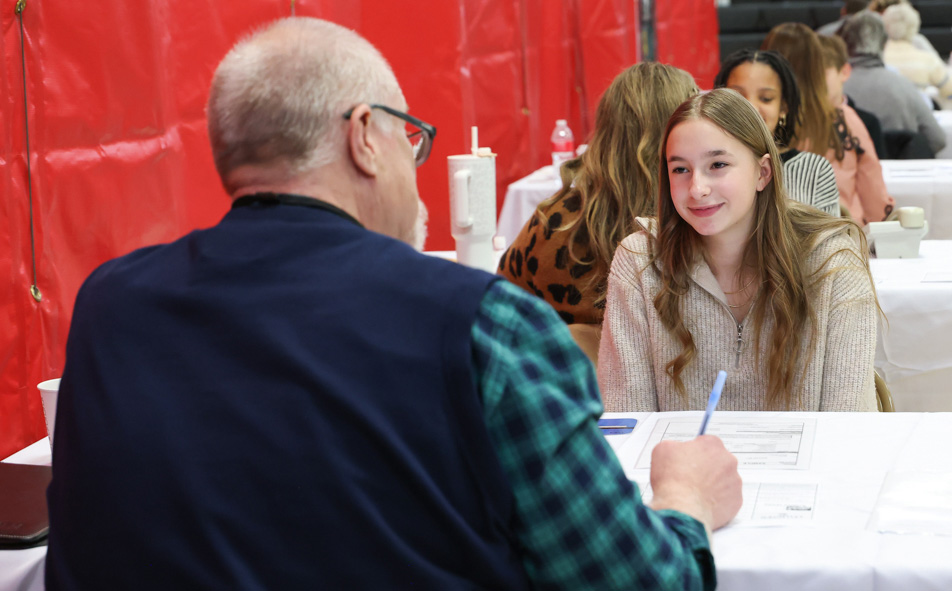
To demonstrate these skills, McCord students rotated through 24 stations, called The Gauntlet. The stations included topics like Declutter the Den, Appointment Alley, Profile Pages, Know Your House and Break the News.
Students spent 60-75 seconds at each station, while more than 60 community members served as guest judges. Approximately 220 seventh-grade students participated in five 45-minute rounds.
One of the guest judges, Mary Helen Darah, was judging the individual students’ ability to “sell” her a car. This was Darah’s second year as a judge.
“It’s amazing,” said Darah, who put three daughters through the Sylvania school system. “It teaches the kids about introductions and connecting with people and professionalism. I wish they had this for adults.
“For the judges, it’s wonderful to see how incredible our youth are. Having this program is another example of Sylvania Schools’ forward thinking,” she said.
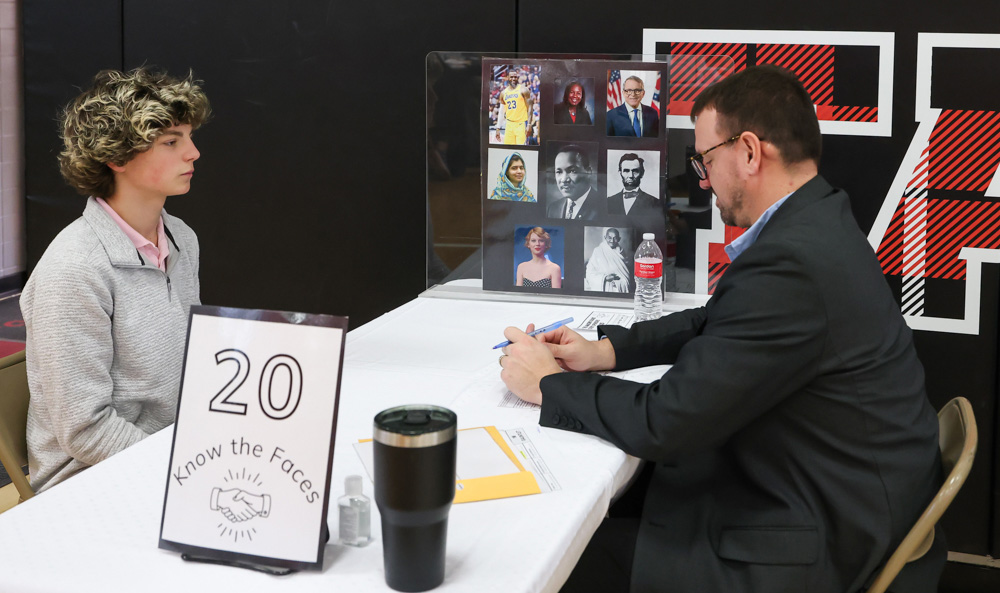
Seventh-grader Connor Scovell, 13, said he was “excited” and that he practiced for a few days by watching a slide show teachers gave the students to help prepare them for this event.
“I struggled with (the slide show) for a couple days and then I got used to it,” said Scovell, an honors student who plays center on a travel hockey team. He said his favorite station was Shark Tank.
“You could pick an item on the table and describe what it could do and try to sell them the item,” Scovell said. “I thought I did pretty good.”
Brooklynn Tucker, 13, plays the violin and does competitive dance. She didn’t hesitate when asked about her favorite station.
“You read a paper, like (the judge) was interviewing you,” she explained. “You had to have a strong voice. You read about ProMedica out loud. It’s important to teach these lessons for when you get older. They make you feel comfortable.”
Alex Witham, 12, who plays left defense on his soccer team, said the Amazing Shake program was “pretty fun. I thought I would be really bad. It was a new thing, but it wasn’t bad. My favorite was Perplexing Puzzles. They ask you questions while you do a puzzle. She said I was the only one who finished, and they said to remember to shake hands and remember when you meet people.”
Brynlee McCord, 13, who plays the violin and center-back on her soccer team, said her favorite station was Interview Alley.
“They asked about my favorite hobby and what I want to do in the future,” she said. “I learned a lot about what the future is going to be like. It taught me how to schedule a doctor appointment and how to use a credit card.”
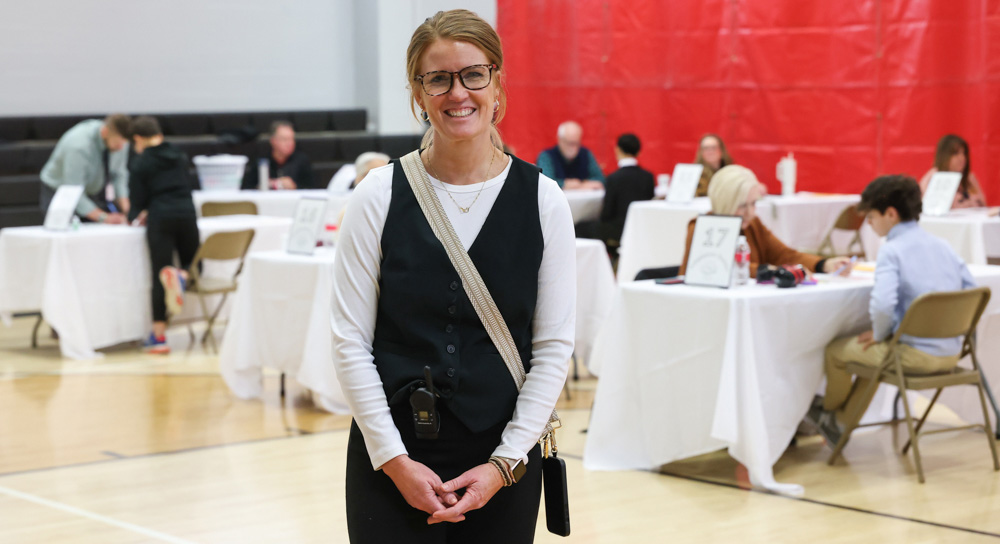
McCord Junior High Principal Susie Felver said many students admit they are nervous when preparing for the event.
“When they go through it, nearly all of them are so glad they did,” Felver said. “This is one of those things that teaches life skills that are more important than your typical academic content. These are important skills to learn, no matter how strong you are academically.”
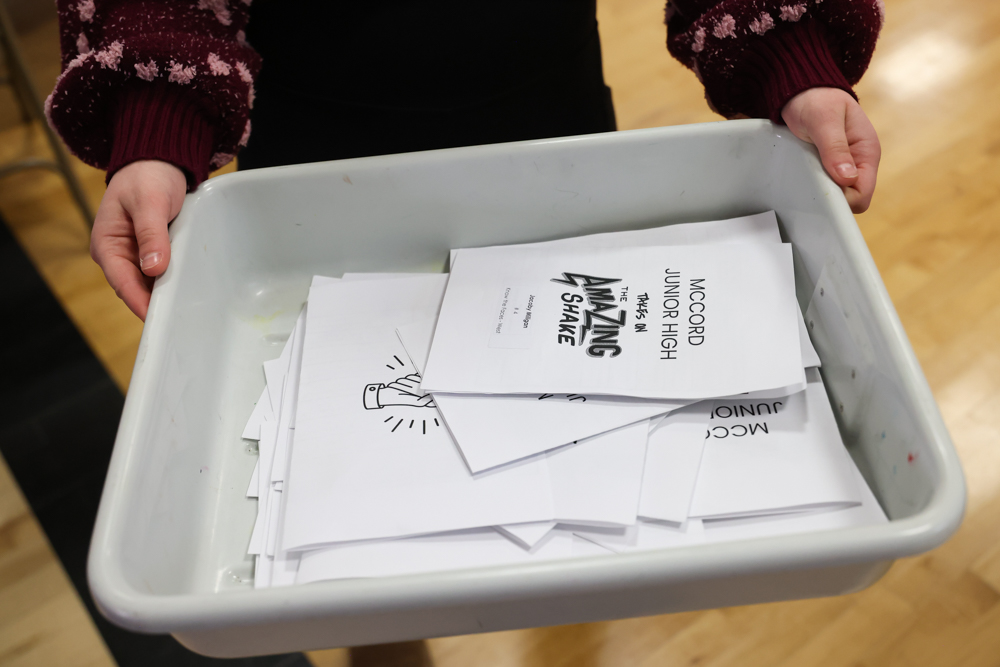
Some robins stay during winter
It’s very possible, likely for many years, that you haven’t observed any American robins through the winter months.
So, when there is a sighting of a so-called first robin in spring, we feel as though spring weather has truly arrived.
The real story is that some robins stay with us all winter. Where they might gather and be seen depends on where they find the food – mostly fruit and berries — they need to survive.
This small flock was observed and photographed several winters ago in the Oak Openings Region, but this heated water bath has been consistently visited all winter by a similar sized flock.
The hypocrisy of Hickory Farms
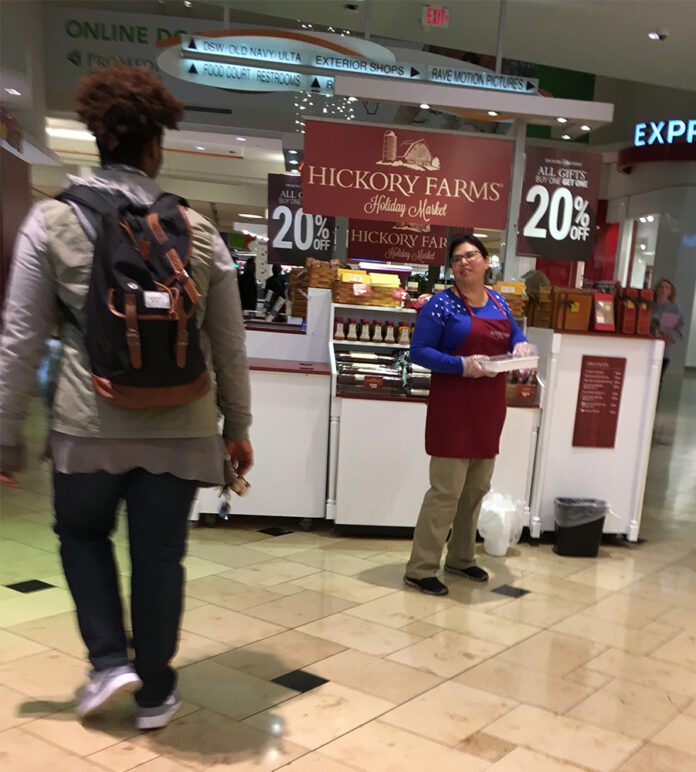
Seven years has passed since Hickory Farms delivered what might be its most bitter holiday offering to Toledo – not a gift box of summer sausage and cheese, but a stinging farewell wrapped in corporate disdain.
The year was 2017. Then-CEO Diane Pearse declared that Hickory Farms needed a “world-class city with great talent,” a parting shot that still echoes throughout our community.
As reported in the Toledo Blade: “We need to attract talent that has experience in retail product development and merchandising. We have to attract talent that has experience in retail marketing. We have to have talent that has e-commerce marketing and e-commerce sales experience,” Pearse said. “That quite frankly isn’t the focus for Toledo. Toledo is a manufacturing town.”

They say you will do better in Toledo. Apparently, that wasn’t true for Pearse.
For more than 65 years Toledo nurtured the company from a small local business founded in Toledo in 1951 into a national brand.
The irony isn’t lost on anyone who visits Franklin Park Mall during the holiday season.
Each December and January, like clockwork, Hickory Farms returns to the very city it deemed insufficient, setting up shop in Franklin Park Mall, betting on the loyalty of Toledo consumers.
The display is lined with the same signature products that were once proudly made and marketed by Toledo talent. Yet, any detail-oriented consumer who scans the back of the product packaging knows any product purchased during this past holiday season was “distributed and manufactured” not in Toledo — but Chicago.
The company that couldn’t find enough local retail and marketing expertise still manages to find plenty of local customers.
The company turned its back on Toledo. Toledo didn’t turn its back on it.
More peculiar still? We keep showing up. Seven years later.
Perhaps there’s something telling in this annual ritual and funky juxtaposition. While Hickory Farms may have found its “world-class talent” in Chicago, it can’t seem to quit Toledo entirely.
We’re still here, still buying beef sticks and cheese balls, still making their products part of our holiday traditions.
While it’s no doubt Chicago has access to a larger talent pool than Toledo, and a firm leaving a smaller city for a larger one isn’t unique – the dismissive departure was notably harsh for a brand rooted in Toledo and built on Midwestern values and hospitality.
The company’s success story began here in 1951. From that initial store set it Maumee in 1959, Richard Ransom’s vision of quality food gifts flourished. For decades, Toledo’s supposedly insufficient talent pool managed to build Hickory Farms into a holiday household name. Somehow, we managed just fine.
Companies may leave, but communities still endure. Toledo continues to grow and evolve, attracting new businesses and nurturing local talent – the very talent Hickory Farms claimed it couldn’t find.
Seven years after its corporate departure, but consistent holiday retail presence, perhaps it’s time to appreciate the irony: Hickory Farms still needs Toledo.
As for Toledo? We’ve moved forward, even if we occasionally stop by their mall kiosk for old times’ sake.
That’s the thing about Midwestern hospitality. We’ll still welcome you back, even after you’ve told us we weren’t good enough. Maybe that’s what you might call world-class.


